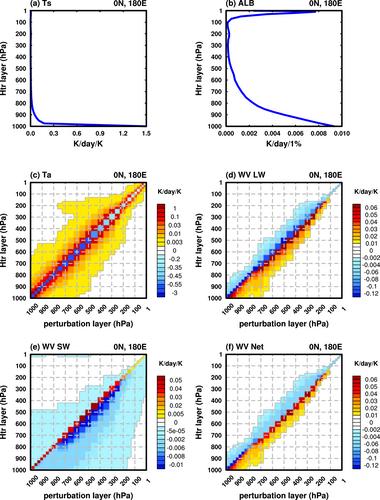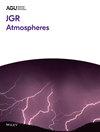Diagnosing Atmospheric Heating Rate Changes Using Radiative Kernels
Abstract
Atmospheric radiative heating rate, which manifests radiative energy convergence in the atmosphere, is a fundamental factor shaping the Earth's climate and driving climate change. Compared to the radiative energy budget at the top of atmosphere or surface, the atmospheric energy budget and heating rate are less studied due to a lack of observational constraints and diagnostic tools. Motivated by growing interest in atmospheric energy budget and to facilitate the heating rate analysis, we innovate a set of radiative kernels, which quantitatively measure the sensitivity of atmospheric heating rate to different geophysical variables. When multiplied with the changes in these geophysical variables, these kernels quantify their contributions to the heating rate change. A climate change experiment of Global Climate Models (GCMs) is used to test the application of heating rate kernels. The results indicate the radiative heating rate change simulated by GCMs can be well reproduced by the kernels, validating the kernel method. The decomposition of the heating rate changes reveals the contributing mechanisms. For example, in the tropical upper troposphere, the negative heating anomaly in a warmer climate is dominated by atmospheric temperature and water vapor. Increases in both variables intensify atmospheric thermal radiation to space, partially offset by a positive heating anomaly caused by the lifting high-cloud tops. Moreover, compared to the results corrected using the kernels, the cloud effect inferred from the radiative heating difference between clear- and all-skies (“cloud radiative heating”) has a non-negligible bias, necessitating the use of kernels to quantify the cloud-induced heating rate changes.


 求助内容:
求助内容: 应助结果提醒方式:
应助结果提醒方式:


